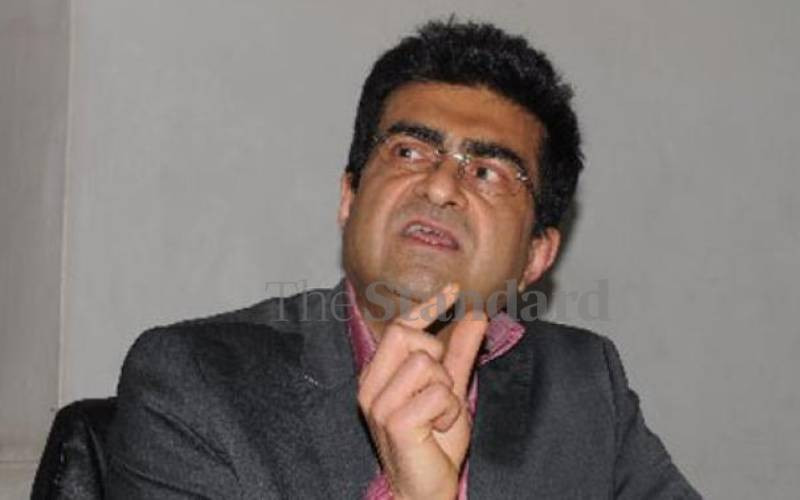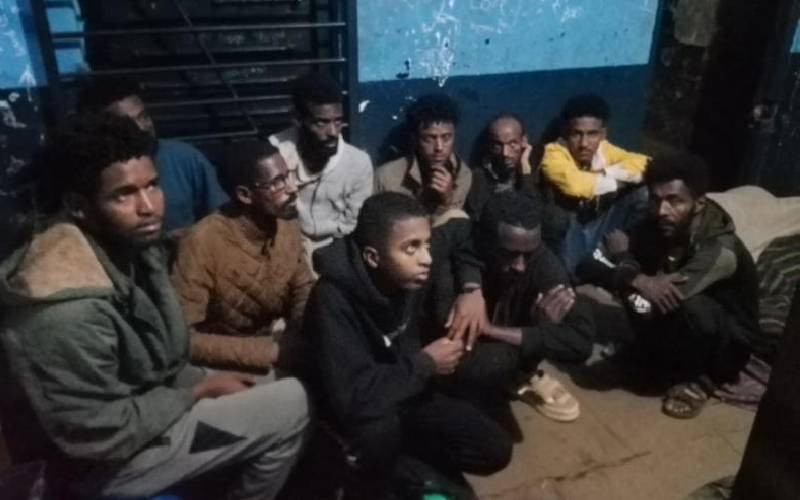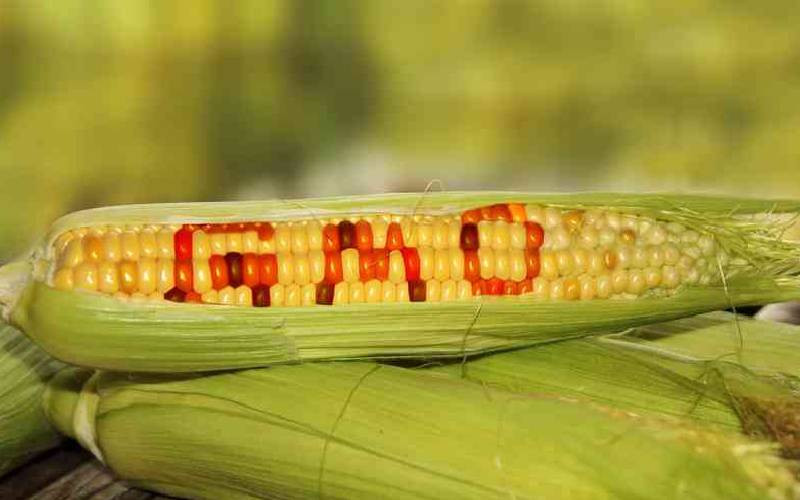By PAUL WAFULA
[email protected]
Amina, a refugee, sells miraa and tea along Nairobi’s General Waruinge Street, off the second avenue, when she is in the city.
How she was first smuggled into Nairobi shows what is wrong with Kenya’s immigration system.
We caught up with her in Garissa, on a short visit to collect supplies for her business in Nairobi.
Her tale shades insights on just how human trafficking is fast becoming a major business on the porous Kenya-Somalia border, which also suffers from smuggling of sugar and firearms.
Amina presented herself at the booking office of a popular long distance bus company that has been ferrying passengers to Nairobi since the collapse of the Somalia government in the early 1990s.
All this happened last May. “I went to the booking office and explained my situation to an agent at the booking office. I told him I wanted to travel to Nairobi but I didn’t have an identity card,” Amina, who is in her early 20s, says.
The booking agent at the office then referred her to the bus conductor. She recalls the conductor was standing in front of the office talking to other passengers.
Code for aliens
“Hamza hamza iko mbuzi hapa,” Amina mimics how the agent, who she adds was loud, referred to her. This was the first time she came across the term mbuzi. She was the mbuzi.
“Mbuzi is a code for aliens who are being smuggled to the other parts of the country,” she tells the investigation desk.
The code is also used by police officers manning the barriers.
The bus conductor, in a whisper, asked Amina how much she had for the job. “I offered to pay $300, but the conductor said it was not enough,” Amina added. He however accepted the amount after a few minutes of pleading.
She was booked into the next day’s bus after paying another Sh1,500 for the ticket. Her ticket number read seat number 25. She was told to report at 6am the following day with the $300 (Sh25,500 at current exchange rates).
Stay informed. Subscribe to our newsletter
Amina hardly slept. She was at the booking office before 5am. Immediately the conductor arrived, he picked the $300 without much talk. The conductor handed to her another woman’s ID and walked away.
Her name was now Saladho Omar Abdi. She could not tell whether it was fake or original. All that mattered was that it worked despite the woman on the ID looking much older and different.
“Our first barrier was at Dadaab. But there was no checking at this barrier. I saw the conductor alight with Sh200 in his right hand. He shook hands with the police officer using the same hand and we were cleared to go,” Amina said.
The next barrier was at Modika, about half an hour from Garissa town. Here, the conductor alighted and spoke to the officers manning the barrier. When they started the search and got to my seat, he looked at the ID card, smiled and continued with the search. He alighted, spoke to the conductor some more, and removed the barrier. Minutes later, we were in Garissa taking breakfast at Gateway Hotel,” she adds.
Road blocks
At Garissa, she was asked to take a matatu, a 14 seater public service vehicle, and alight at a stage after a bridge. The bridge from Garissa town is arguably one of the most guarded police road blocks on the Garissa-Nairobi route.
She alighted as instructed at Madogo stage. She was picked by the bus and the journey continued. The next barriers at Bangal, Ukasi and Mwingi and half a dozen others were much easier to manoeuvre.
Occasionally, the bus tout would alight, have a small talk with the police and the journey continued. About six hours later, she was in Eastleigh.
Today, she knows her way around and she smiles when she sees first timers going through the same experience in the buses she frequently uses to get to Nairobi.
She says that most of the supplies she buys are hidden somewhere under the chassis to wade off police officers.
“I have come to pick spaghetti, powdered milk and some canned fish. These come from Somalia, they are cheaper here,” she adds.
 The Standard Group Plc is a
multi-media organization with investments in media platforms spanning newspaper
print operations, television, radio broadcasting, digital and online services. The
Standard Group is recognized as a leading multi-media house in Kenya with a key
influence in matters of national and international interest.
The Standard Group Plc is a
multi-media organization with investments in media platforms spanning newspaper
print operations, television, radio broadcasting, digital and online services. The
Standard Group is recognized as a leading multi-media house in Kenya with a key
influence in matters of national and international interest.
 The Standard Group Plc is a
multi-media organization with investments in media platforms spanning newspaper
print operations, television, radio broadcasting, digital and online services. The
Standard Group is recognized as a leading multi-media house in Kenya with a key
influence in matters of national and international interest.
The Standard Group Plc is a
multi-media organization with investments in media platforms spanning newspaper
print operations, television, radio broadcasting, digital and online services. The
Standard Group is recognized as a leading multi-media house in Kenya with a key
influence in matters of national and international interest.







